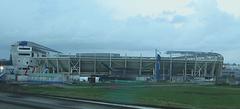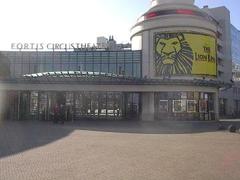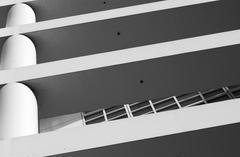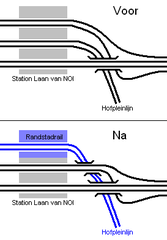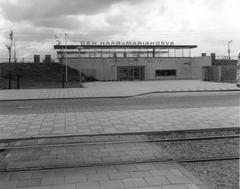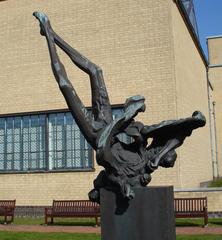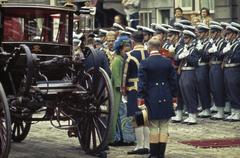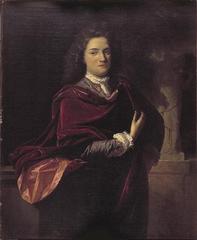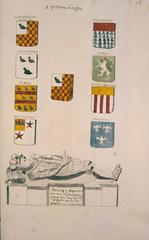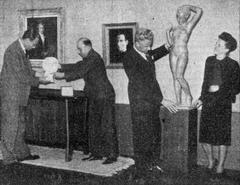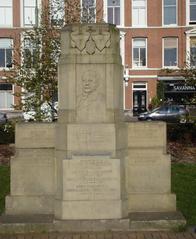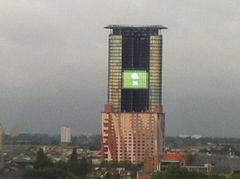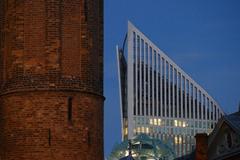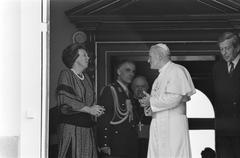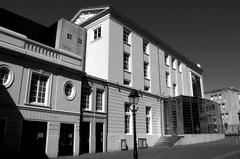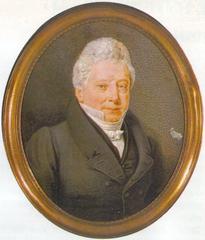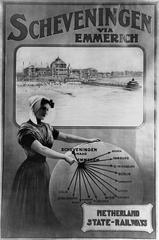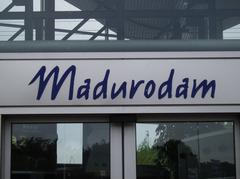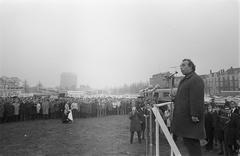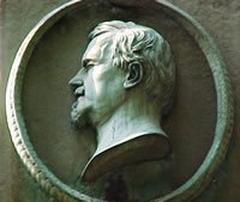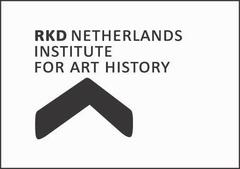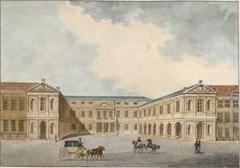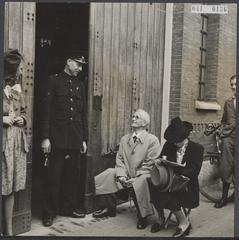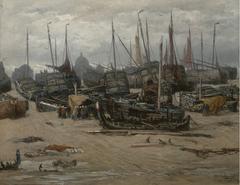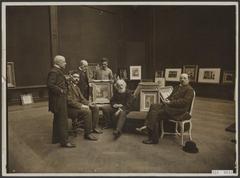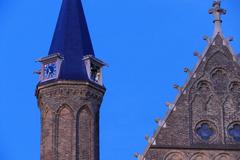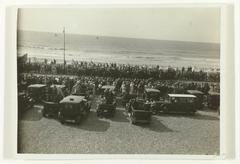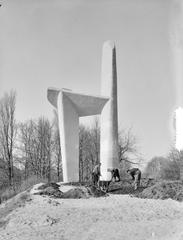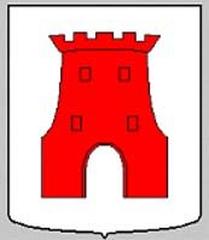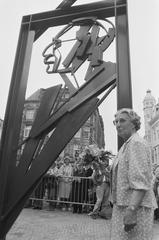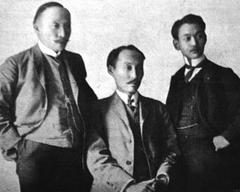
Kneuterdijk Palace Visiting Hours, Tickets, and Complete Guide to The Hague’s Royal Landmark
Date: 03/07/2025
Introduction
Kneuterdijk Palace, located in the heart of The Hague, is a masterpiece of Dutch royal and architectural history. Built in the early 18th century, this palace is renowned for its striking blend of French Baroque and English Tudor influences. Today, Kneuterdijk Palace is the seat of the Netherlands’ Council of State (Raad van State), and while its interior is largely closed to the public, its stately façade and serene gardens remain a highlight for visitors exploring The Hague. This detailed guide covers the palace’s history, architectural significance, visiting hours, ticketing, accessibility, and practical tips to enrich your experience (DenHaag.com; SpottingHistory; Trip By Trip).
Table of Contents
- Historical Overview
- Architectural Features and Styles
- Political and Cultural Significance
- Visiting Kneuterdijk Palace: Hours & Tickets
- Accessibility and Getting There
- Nearby Attractions & Suggested Itinerary
- Visitor Experience & Practical Tips
- FAQ
- Summary & Travel Tips
- References & Further Reading
Historical Overview
Commissioned in 1716 by Count Johan Hendrik of Wassenaer-Obdam, Kneuterdijk Palace was designed by Daniel Marot in the opulent Louis XIV style, reflecting the grandeur and symmetry of French Baroque architecture (SpottingHistory). The palace was originally built as a noble residence, symbolizing the wealth and status of the Dutch elite.
In 1816, King William I acquired the palace for his son, the future King William II, and his Russian wife, Anna Paulowna. During their residence, the palace underwent significant expansion, most notably with the addition of the Gothic Hall, inspired by the dining hall at Christ Church, Oxford. This blend of styles—Baroque and Tudor—makes Kneuterdijk Palace unique among Dutch royal residences (Trip By Trip).
Throughout the 19th and 20th centuries, the palace continued to serve prominent roles: as a royal residence, the venue for significant royal events, and later as a site for post-World War II war crime trials. After serving the Ministry of Finance, it underwent extensive restoration, reopening in 2001 as the seat of the Council of State (SpottingHistory).
Architectural Features and Styles
Louis XIV Façade
The palace’s symmetrical façade presents a classic example of Louis XIV architecture: balanced proportions, ornate cornices, and decorative stonework. Large windows and pilasters emphasize elegance, while a central entrance underscores its noble origins (DenHaag.com).
The Gothic Hall
Perhaps the most distinctive feature is the Gothic Hall, a Tudor Revival addition commissioned by King William II. Modeled after Christ Church at Oxford, the hall boasts pointed arches, ribbed vaults, stained glass windows, and intricate woodwork—an unusual blend in Dutch palatial architecture (historyofroyalwomen.com).
Gardens
The formal gardens surrounding Kneuterdijk Palace are designed in the French style, with geometric layouts, manicured lawns, and ornamental plantings. These gardens provide a tranquil setting for visitors and beautifully frame the palace’s stately exterior (Evendo).
Political and Cultural Significance
Kneuterdijk Palace is not just a relic of royal opulence; it plays an ongoing role in Dutch governance. Since 2001, it has served as the seat of the Council of State, the highest administrative court and a key advisory body to the Dutch government. The King is officially the Council’s president, but the Vice-President leads its meetings and assumes constitutional duties in the monarch’s absence (Trip By Trip).
The palace’s layered history—from noble residence to venue for war crime trials and ministry headquarters—reflects the evolution of Dutch society and its commitment to democracy and rule of law. Its architectural evolution mirrors broader trends in European aristocratic tastes, while its ongoing function underscores The Hague’s role as a center of international law and governance (DenHaag.com; Explore City Life).
Visiting Kneuterdijk Palace: Hours & Tickets
Exterior Viewing
- Access: The palace exterior and gardens are open to the public at any time, free of charge.
- Interior Access: The interior is closed to regular public visits due to its governmental function. Exceptions are made for special open days (such as Open Monumentendag) and limited guided tours announced in advance (On Royal Tour).
Special Visits & Ticketing
- Special Events: During select Fridays and events like Open Monumentendag (European Heritage Days), limited guided tours are available. Tickets (typically €15–€20) are required and sell out quickly. Book through official event platforms or authorized tour operators (On Royal Tour).
- Group Size: Tours are often limited to 25 participants per session.
- Accessibility: Some areas are accessible to wheelchair users, but historic sections may have restrictions (Evendo).
Accessibility and Getting There
Address: Kneuterdijk 20, 2514 EN Den Haag, Netherlands
- Public Transport: From Den Haag Centraal Station, take trams 1, 9, or 16 to ‘Korte Voorhout’; the palace is a short walk away.
- By Car: Public parking is limited; use nearby garages like Q-Park at Spui.
- Walking & Biking: The palace is easily reached on foot or by bicycle from the city center and other sites like the Binnenhof (Evendo).
Note: Some cobblestone paths may be challenging for visitors with mobility concerns.
Nearby Attractions & Suggested Itinerary
Maximize your visit by exploring these nearby highlights:
- Binnenhof: The historic seat of Dutch parliament, offering guided tours (TrekZone).
- Mauritshuis: A world-class art museum displaying works by Vermeer and Rembrandt (DestinationAbroad).
- Escher in Het Paleis: Museum dedicated to M.C. Escher, housed in a former palace.
- Pulchri Studio: Renowned contemporary art gallery.
- Scheveningen Beach: Accessible via tram for a seaside escape (DestinationAbroad).
Visitor Experience & Practical Tips
- Photography: The exterior and gardens offer excellent photo opportunities; photography is encouraged.
- Best Visiting Seasons: Spring and early autumn provide mild weather and blooming gardens.
- Amenities: Cafes, shops, and public restrooms are available nearby in the city center.
- Safety: Be mindful of uneven surfaces and cobblestones, particularly for those with mobility needs.
FAQ
Q: Can I tour the interior of Kneuterdijk Palace?
A: No, except on rare special open days or guided tours announced in advance.
Q: Are tickets required to visit?
A: No ticket is needed to view the exterior and gardens. Special guided tours require advance tickets.
Q: Is the palace accessible for wheelchair users?
A: The grounds are generally accessible, though some historic areas may have limitations.
Q: Are there nearby attractions worth visiting?
A: Yes—Binnenhof, Mauritshuis, Escher in Het Paleis, and more.
Q: How do I get there by public transport?
A: Take trams 1, 9, or 16 from Den Haag Centraal to ‘Korte Voorhout’.
Summary & Travel Tips
Kneuterdijk Palace is an architectural and historical treasure that embodies the grandeur of Dutch royal heritage and the evolution of governance in the Netherlands. While interior access is typically restricted, the palace’s striking façade, rare Gothic Hall, and tranquil gardens make it a must-see for visitors to The Hague. Plan your visit around special open days for rare interior access, and combine your trip with other historic sites for a comprehensive experience of Dutch culture and history. For digital guides and audio tours, the Audiala mobile app offers up-to-date information and exclusive content to enhance your journey (DenHaag.com; Trip By Trip; SpottingHistory).
References & Further Reading
- Kneuterdijk Palace, denhaag.com
- Kneuterdijk Palace, Wikipedia
- Inside Kneuterdijk Palace, historyofroyalwomen.com
- Inside the Council of State at Kneuterdijk Palace in The Hague, tripbytrip.org
- Guide to Best Castles and Palaces in Netherlands, shirshendusengupta.com
- Kneuterdijk Palace, spottinghistory.com
- Kneuterdijk Palace Attraction, evendo.com
- Visiting Kneuterdijk Palace, onroyaltour.nl
- Palaces of The Hague, denhaag.com
- Exploring The Hague, explorecity.life
- Is The Hague Worth Visiting?, destinationabroad.co.uk
- The Hague Historic Sites, trek.zone




